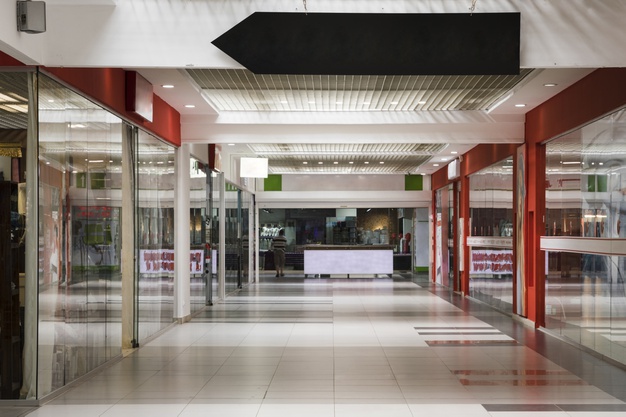As shoppers navigate the range of payment methods available in-store, online, and through brick and mortar locations, it is important to take into consideration options that are convenient, secure and cost-efficient. In-store payments can be made with a credit or debit card, cash or check. Online purchases can be made via secure payment processing platforms.
t’s not a question of if, but rather how fast COVID-19 will accelerate the rising trend of online purchases at the expense of in-store sales. With few exceptions, both mall and main street brick and mortar stores are closed. Big chains have let go thousands of store workers and even corporate staff.
Meanwhile, grocery stores and big online sellers like Amazon are looking to hire thousands of workers. The same can be said for delivery companies, including Instacart and DoorDash. This role reversal was already underway, but not nearly to the extent we are watching now.
How this plays out doe payment methods remains to be seen, but consumer habits can be difficult to change. This does not bode well for brick and mortar stores, especially the big legacy chains.
The following Wall St. Journal article reports more on this topic, which is excerpted below:
The new coronavirus pandemic is deepening a national digital divide, amplifying gains for businesses that cater to customers online, while businesses reliant on more traditional models fight for survival. The process is accelerating shifts already underway in parts of the U.S. economy in ways that could last long after the health crisis has passed, some analysts say.
Many bricks-and-mortar retailers, which had seen falling foot traffic for years due to online competition, have now shuttered their stores while online merchants watch sales boom. And sectors that had long resisted the move online are now joining in: Doctors and therapists offer telemedicine appointments while their offices sit nearly empty; yoga studios and other fitness providers are offering remote sessions; schools and universities have moved classes online.
The big question, economists say, is whether the changes in payment methods created by this sudden, forced experiment will prove permanent after the coronavirus pandemic eases. If so, that could transform the U.S. economy and open the way to new types of businesses and providers.
Overview by Raymond Pucci, Director, Merchant Services at Mercator Advisory Group
